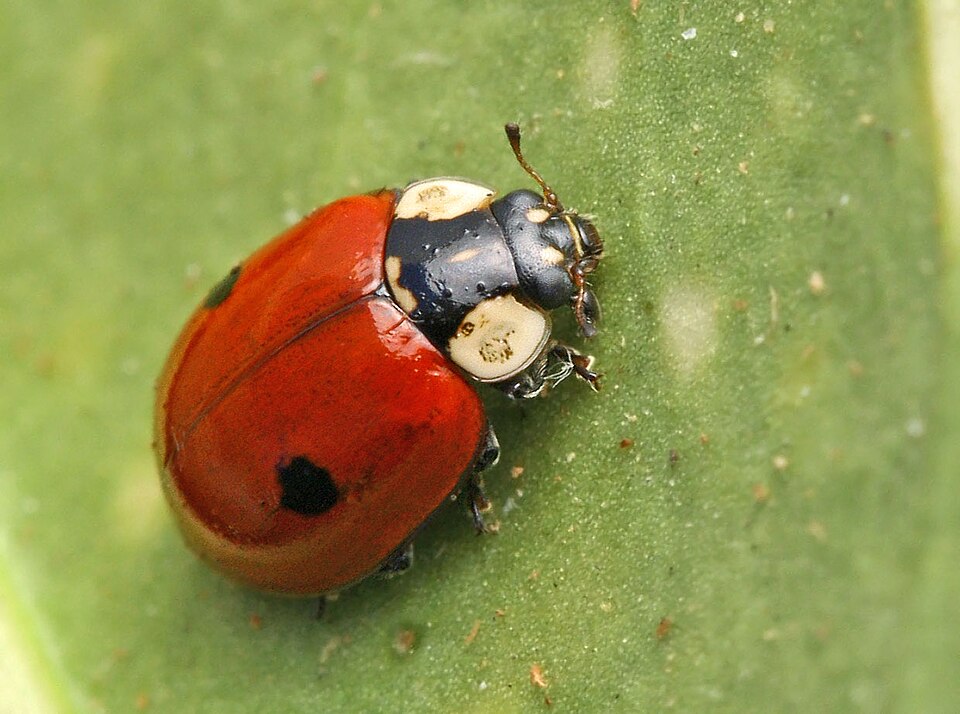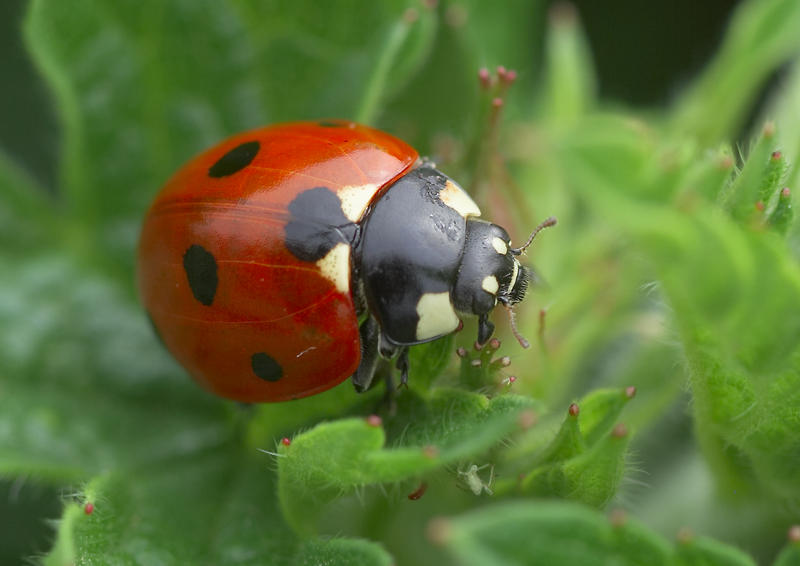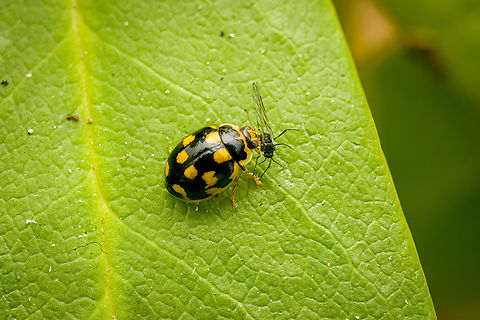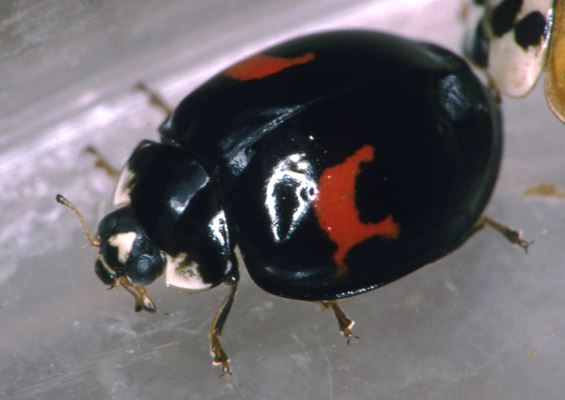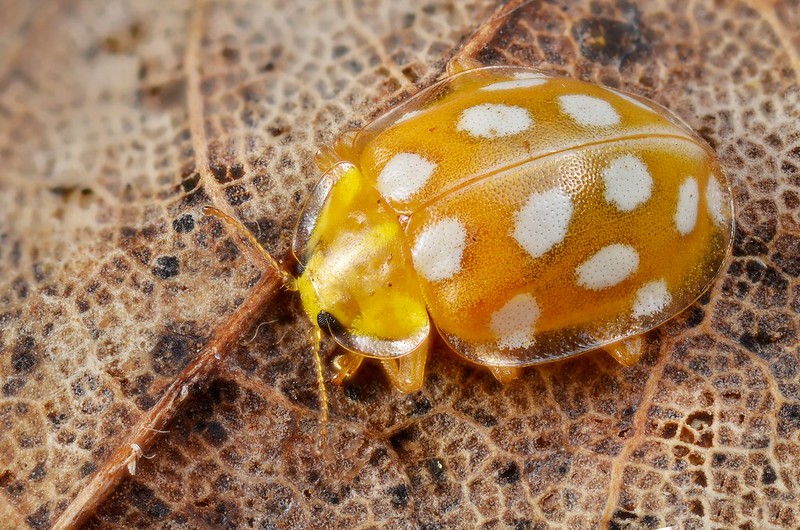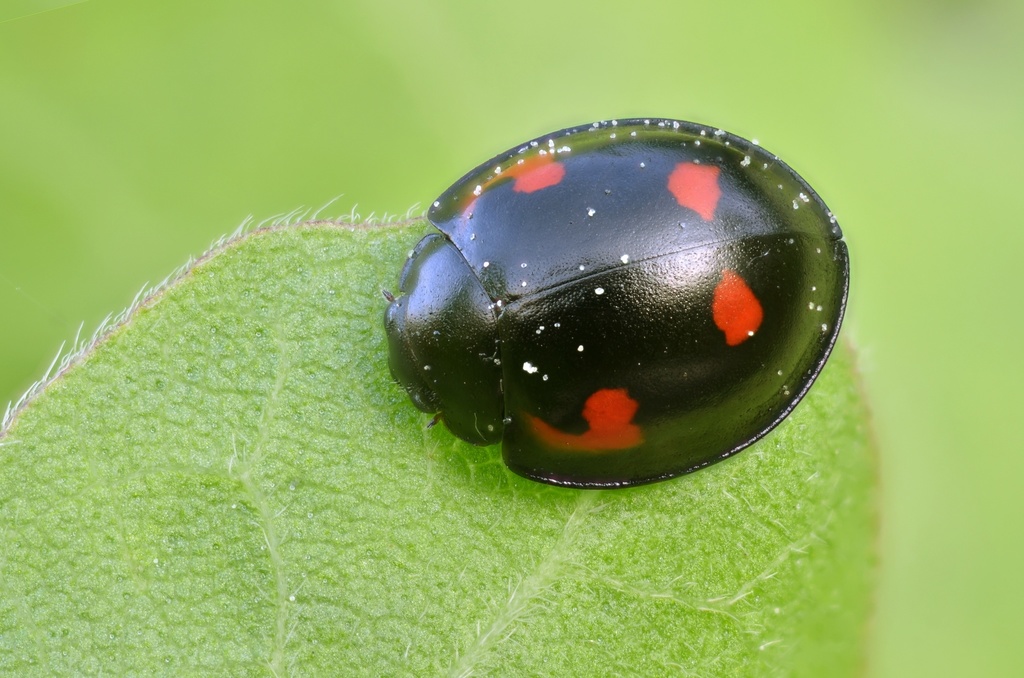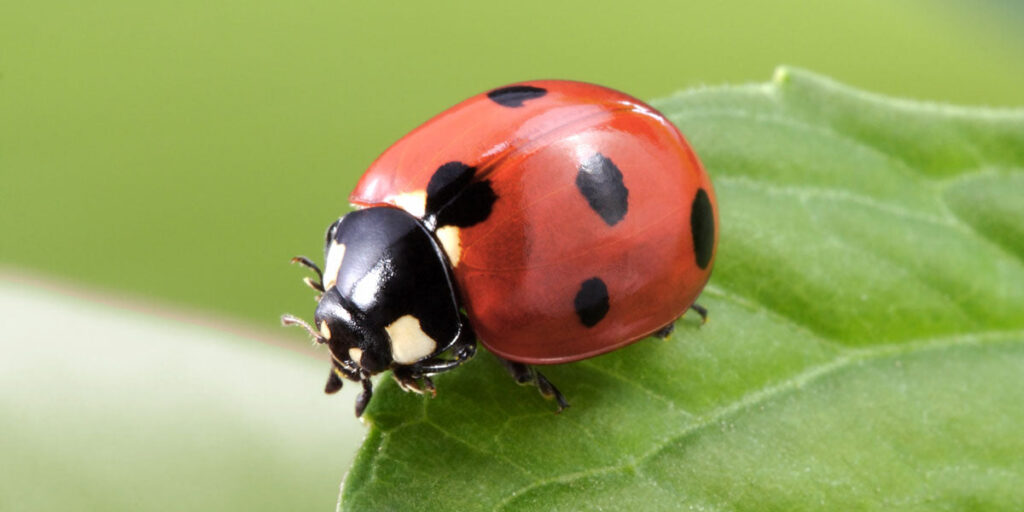
Having problems with ladybirds?
The Harlequin ladybird has a very variable appearance, which can make it difficult to tell apart from our native ladybirds. They are often found in a cluster in window frames and corners of rooms.
Expert Ladybird Control Services in the UK
Ladybirds are widely known as beneficial garden insects, but when they gather in large numbers inside buildings they become a nuisance. At Shire Pest Solutions, we provide targeted ladybird control that focuses on safe removal, prevention, and protection of native species.
Ladybirds: Behaviour and Seasonality
In autumn and during cold snaps, ladybirds commonly seek sheltered overwintering spots. Indoors, they are often found around window frames, lofts, and room corners. While they do not damage structures, they can stain surfaces and create distress when present in large numbers.
Identifying Ladybirds (General)
- Size & shape: Rounded, dome-like beetles with smooth, glossy wing cases (elytra).
- Colours: Typically red, orange, or yellow with spots; some species appear darker.
- Behaviour indoors: Cluster together for hibernation; may fly on mild winter days.
- Defence: When disturbed, they can release a yellowish, foul-smelling secretion that can stain fabrics and walls.
Identifying the Harlequin Ladybird (Harmonia axyridis)
Harlequin Ladybirds are an invasive species in the UK and should be distinguished from native ladybirds.
- Size: Larger than most native species — typically 7–8 mm long.
- Colour & patterns (highly variable):
- Wing cases can be pale yellow-orange, orange-red, red, or black.
- May show 0–21 black spots or a grid-like pattern.
- Common UK forms include:
- Orange with 15–21 black spots.
- Black with two or four red/orange spots.
- Pronotum (thorax “shield”): Often white/cream with distinctive markings — up to five black spots, two curved lateral lines, an M-shaped mark, or a solid trapezoid.
- Other features: A broad keel at the base of the wing cases and typically brown legs (unlike many native species).
- Where they gather: Frequently cluster on sun-warmed walls, soffits, and around windows; move indoors to overwinter.
Why Are Harlequin Ladybirds a Concern?
- Large swarms: Can mass on buildings and indoors, especially in autumn; can reappear on mild winter days.
- Nuisance: Defensive secretions stain furnishings and smell unpleasant; bites are rare and usually mild.
- Ecological impact: Compete aggressively with native ladybirds, threatening biodiversity.
How to Prevent Ladybird (and Harlequin) Infestations
- Proof entry points: Seal gaps and cracks around windows, doors, vents, eaves, and service penetrations.
- Repair & maintain: Refit perished seals, restore mastic around frames, and install fine mesh on vents where appropriate.
- Reduce harbourage: Clear clutter near window sills and roof spaces to limit overwintering sites.
Safe Removal Indoors
- Vacuuming: The simplest, most humane way to remove ladybirds from interior surfaces without marking walls. Empty the vacuum outdoors.
- Avoid squashing: Crushing increases the risk of stains and odour.
Use of Insecticides (With Care)
Residual insecticides labelled for “beetles” or “crawling insects” may be applied to crevices and entry points to deter and kill Harlequin ladybirds. However, native ladybirds may share these sites. Take care to target only problem areas and use products responsibly to minimise harm to beneficial native species.
Our Professional Remedy
For persistent or heavy activity, our trained technicians can implement a tailored programme:
- Inspection & identification to distinguish Harlequin from native species.
- Proofing recommendations to prevent re-entry (frames, vents, eaves).
- Targeted residual treatments in critical ingress zones, using professional-grade products not available to the public.
- Humane removal of indoor clusters and guidance on long-term prevention.
Need help now? Contact Shire Pest Solutions for expert ladybird and Harlequin ladybird control.
Do Ladybirds Carry Diseases?
Ladybirds do not transmit diseases to humans or pets. The Harlequin ladybird can carry a ladybird-specific fungal parasite (Laboulbeniales) that spreads between ladybirds during mating, but it poses no risk to people or animals.
Can Ladybirds Bite? Are There Other Risks?
- Bites: Uncommon and generally harmless; may cause mild skin irritation in some individuals.
- Defensive secretions: Yellowish liquid can stain walls, carpets, and soft furnishings when large numbers are disturbed.
- Allergies (rare): Some people may experience mild skin or respiratory irritation near heavy aggregations.
When to Call a Professional
If you’re facing repeated clustering, large aggregations, or activity in sensitive areas, a professional assessment is recommended. We have the knowledge and tools to remove ladybirds safely, protect native species, and reduce the chance of re-infestation.
Ladybird Control FAQ
More About Shire Pest Solutions
Shire Pest Solutions is a trusted and local pest control company proudly serving homes and businesses across Oxfordshire and beyond. We have built our reputation on professionalism, reliability, and fast response times, specialising in the safe and effective removal of pests including ants, wasps, rodents, bed bugs, and more.
Our expert technicians hold full qualifications and use the latest tools and treatments to resolve pest problems quickly and safely—without unnecessary disruption. Whether you face a minor domestic issue or a large-scale commercial infestation, we design our services to meet your needs with minimal fuss and maximum effectiveness.
Based locally, we regularly assist customers in Didcot, Wallingford, Abingdon, Wantage, Witney, Newbury, Thame, Thatcham, and Stokenchurch. Our knowledge of the local area enables us to provide rapid call-outs and treatments that are suited to the unique pest challenges of each location.
At Shire Pest Solutions, we don’t just eliminate pests—we stop them from returning. We offer transparent pricing with no hidden fees, and we dedicate ourselves to customer satisfaction, making us the go-to pest control provider for homeowners, landlords, and commercial clients alike.
Contact us today to arrange a call-out or find out more about our pest control services across Oxfordshire and surrounding areas.

